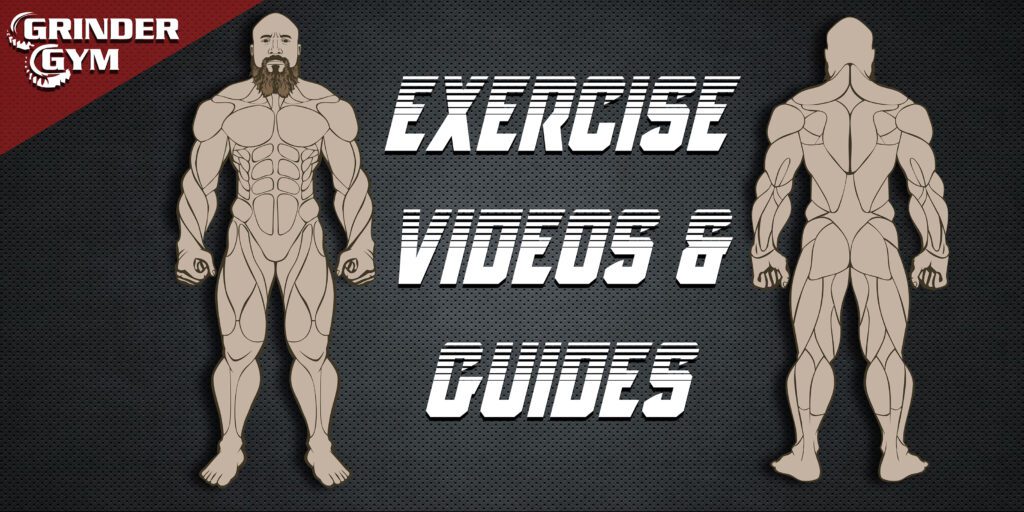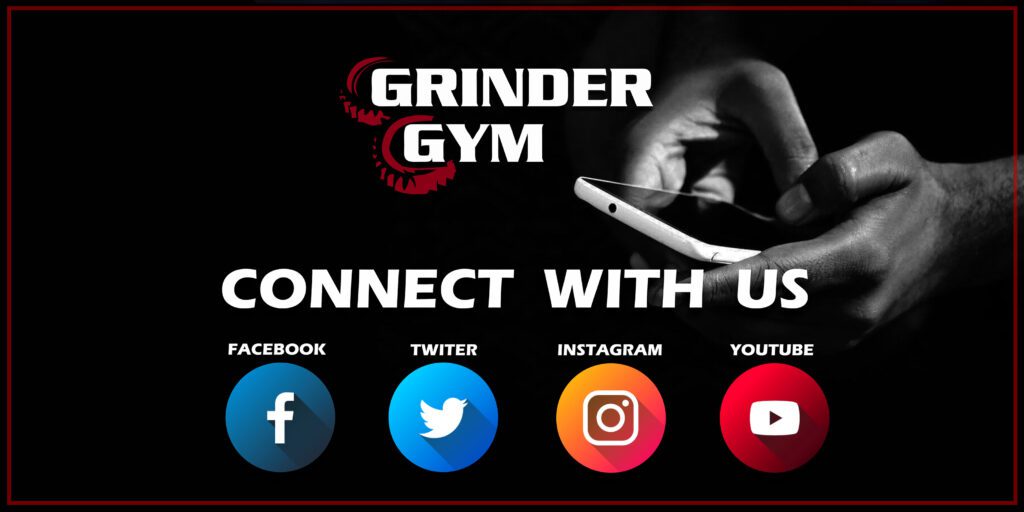Training for lagging body parts refers to focusing on specific muscle groups that are not developing as well as others in your physique. It’s common for individuals to have areas that are less developed compared to the rest of their body, and addressing these weaknesses can lead to a more balanced and aesthetically pleasing physique. Here are some steps and strategies to effectively train lagging body parts:
- Identify Lagging Areas: The first step is to identify the specific muscle groups that you consider to be lagging in your physique. This self-assessment can be subjective, but you can also seek feedback from others or work with a knowledgeable trainer to help pinpoint the areas that need improvement.
- Prioritize Lagging Muscles: Once you’ve identified the lagging muscle groups, prioritize them in your training routine. This means giving them extra attention and focus during your workouts. You might choose to train the lagging muscle group first in your workout when you have the most energy and focus.
- Increase Training Frequency: Train the lagging muscle group more frequently throughout the week. Instead of targeting it once a week, consider incorporating it into your routine two or even three times a week. However, ensure that you allow adequate recovery time between sessions.
- Volume and Intensity: Increase the volume (sets and reps) and intensity (weight) of exercises targeting the lagging muscle group. Higher training volume can stimulate muscle growth, but be mindful not to overdo it, as recovery is crucial.
- Mind-Muscle Connection: Develop a strong mind-muscle connection with the lagging muscle group. Focus on feeling the targeted muscle working during each repetition, ensuring that you are using proper form and technique.
- Isolation Exercises: Incorporate more isolation exercises that specifically target the lagging muscle group. Isolation exercises can help you concentrate on the muscle without relying heavily on synergistic muscles.
- Vary Exercise Selection: Switch up the exercises you use to target the lagging muscle group. Different exercises can stimulate muscles from various angles and provide new stimuli for growth.
- Progressive Overload: Continuously strive for progressive overload by gradually increasing the weight, reps, or sets for the exercises targeting the lagging muscle group. This progressive challenge is essential for muscle growth.
- Recovery and Nutrition: Adequate rest and recovery are crucial for muscle growth. Ensure you are getting enough sleep and consuming a balanced diet that supports your training goals.
- Patience and Consistency: Improving lagging body parts takes time and consistency. Be patient and stick to your training plan for several weeks or even months to see noticeable improvements.
Remember that genetics and individual body compositions can play a role in muscle development. Some muscle groups might naturally respond more quickly to training stimuli than others. Focus on progress rather than perfection, and celebrate every milestone along the way. If you’re uncertain about the best approach for targeting lagging body parts, consider consulting with a fitness professional or personal trainer for personalized guidance and recommendations.

